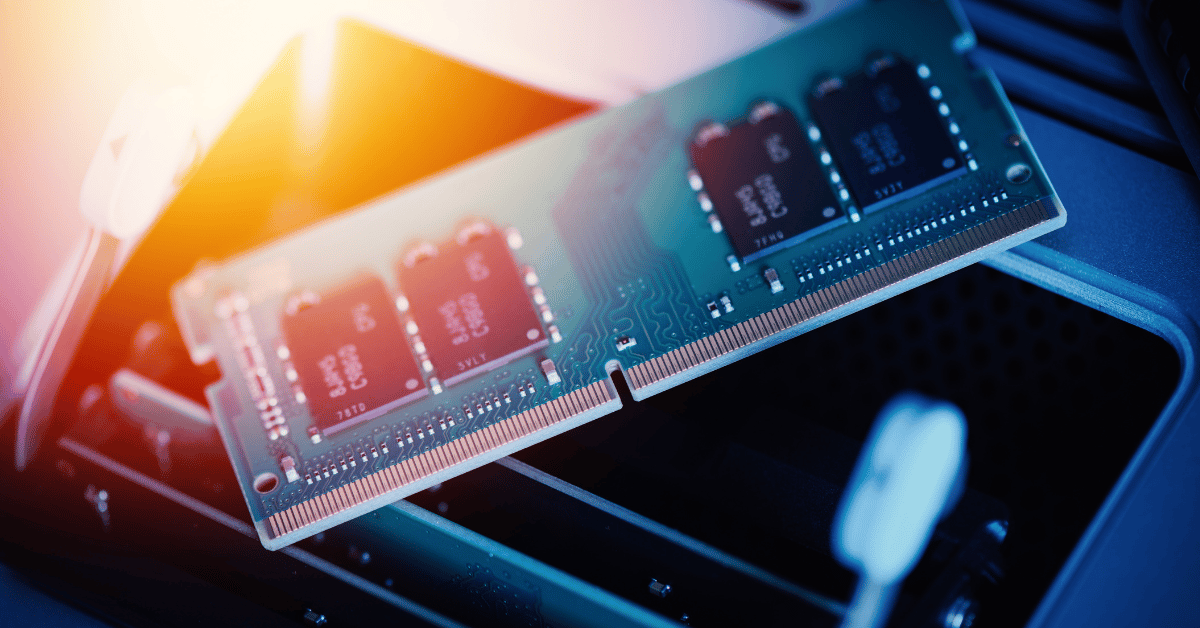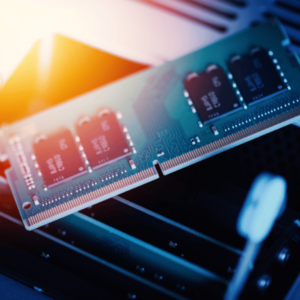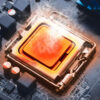The DDR5 SDRAM standard, officially announced in July of 2020, brings a number of big upgrades over DDR4 memory in terms of efficiency and performance. But it also poses some new design challenges for motherboard manufacturers and semiconductor chip-makers. In this post, we will discuss what DDR5 RAM is all about and how it is different from DDR4.
DDR4 vs. DDR5 
DDR5 is the next generation of SDRAM and it is an upgrade over the good old DDR4 standard. The key features that set DDR5 apart include Decision Feedback Equalization (DFE), which allows Input/Output speed scalability for performance improvement and higher bandwidth.
The biggest factor in the DDR4 vs. DDR5 competition is that the latter promises incredible improvements in power efficiency, speed, and memory capacity. Here are some of the most significant differences in DDR4 vs. DDR5 that should help you make the right buying decision.
Power Architecture
Another major factor in DDR4 vs. DDR5 is the power architecture. Thanks to a 12V power management chip (PMIC), power management goes from the motherboard to the DIMM in DDR5. This change will not only help with noise and signal integrity but also allow enhanced granularity of system power loading.
The reduced transistor sizes will also guarantee that the DDR5 will lower the Input-Output (IO) voltage from 1.2V to 1.1V. Although this will help with power efficiency, it will also lead to a lesser margin for noise immunity, a fact that chip designers will have to be aware of.
Generally speaking, reduced operating voltage (VDD) equates to reduced performance, but with DDR5, that’s not going to happen due to the other upgrades.
Bandwidth
DDR4 supports stock data rates of 1600-3200 MT/s, while DDR5 supports up to 4800-6400 MT/s. DDR5 also has increased clock frequencies at 1600-3200MHz, which are much higher than DDR4’s 1600-3200MHz. It should be noted that the initial DDR5 chips are expected to support only up to 4.8Gbps but they will scale that up to 6400Gb/s later on.
Higher-Capacity DRAMs And On-Die ECC
DDR5 also features better ECC (error correction) over DDR4, which will be a crucial aspect for servers. In fact, DDR5 chips will have this characteristic ‘on die’, which means there will be no need for a memory controller that oversees this function from the CPU.
On-Die ECC brings a lot to the table: read/write CRC modes, post-package repair, error transparency mode, and added gains in processing power. But that’s not all. It also allows for higher-capacity DRAMs which will translate to higher-capacity DIMMs. DDR5 DIMMs have the potential to go as high as 256GB while DDR4 DIMMs can only hit 64GB.
DDR4 vs. DDR5? Accelerated Memory Production Inc. Can Help
Accelerated Memory Production Inc. has a 14+ years of history in offering the highest performance systems in the market. Our DDR4-3200 solutions are ideal for HPC applications that require great scalability, low power, high density, and efficiency like:
- Embedded systems (e.g., industrial PCs)
- Network-attached storage (NAS) servers
- Telecommunication infrastructures
- Networking storage systems
- Micro/cloud servers
Regardless of how specialized your organization’s requirements are, we are fully capable of meeting and exceeding them. To know more about DDR4 vs. DDR5 or to browse an extensive range of products and offerings, call us at 714-460-9800 or contact us online.






